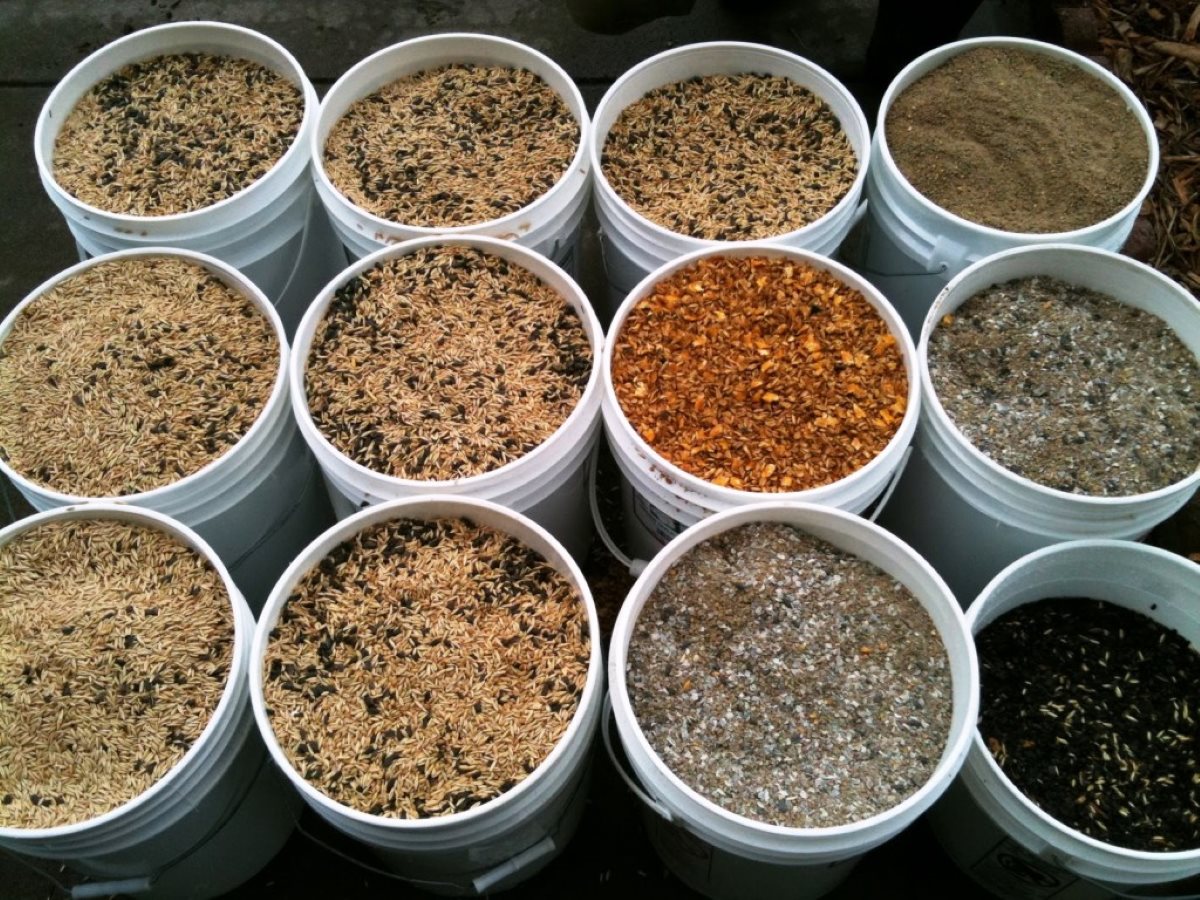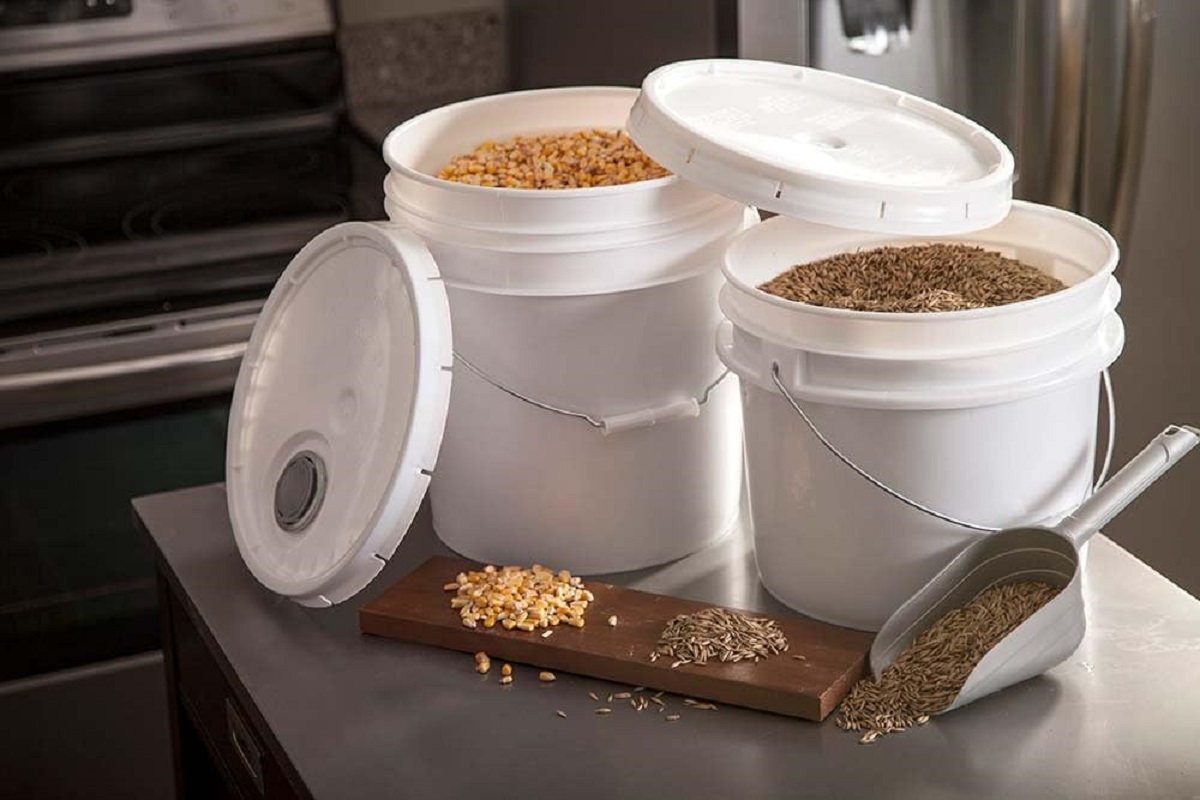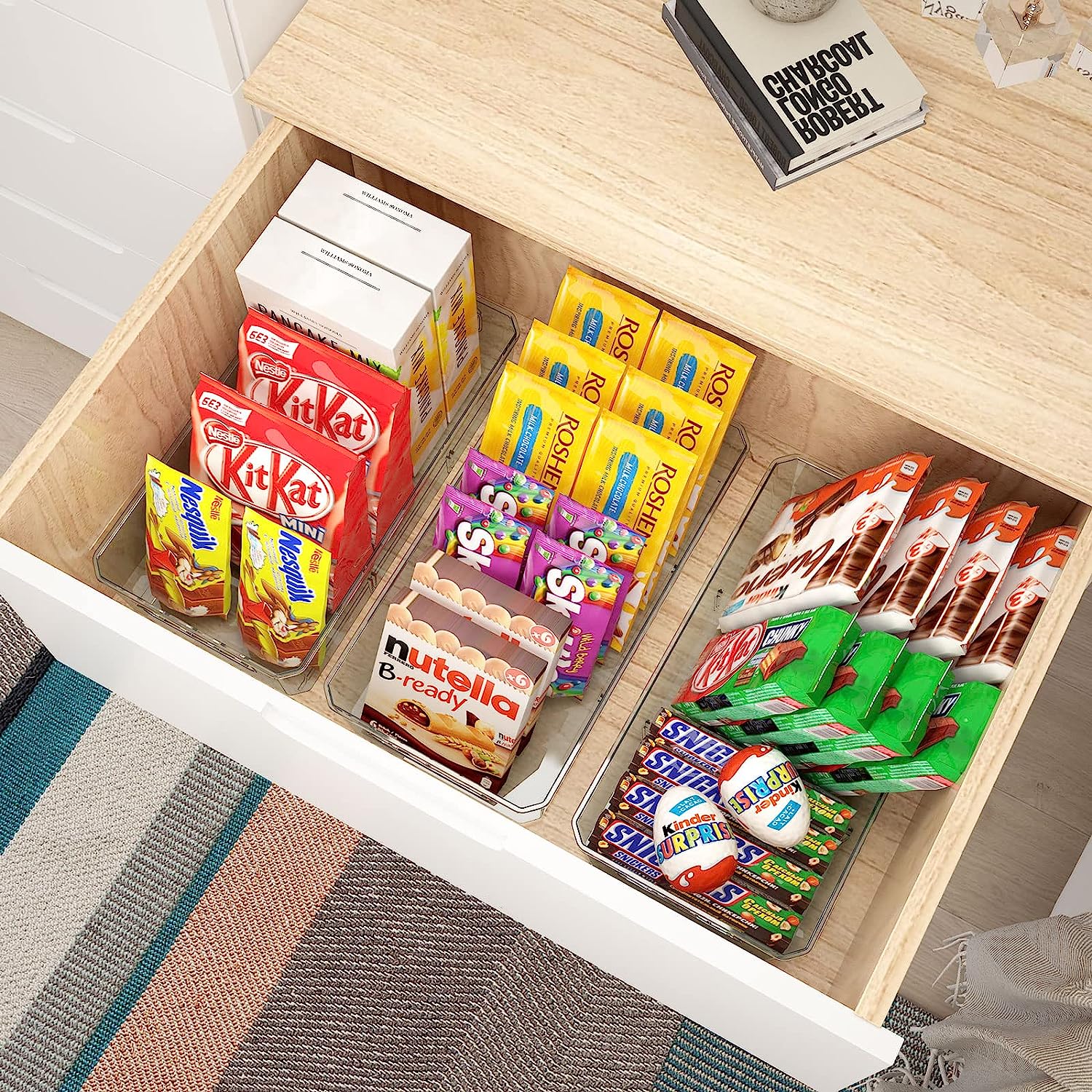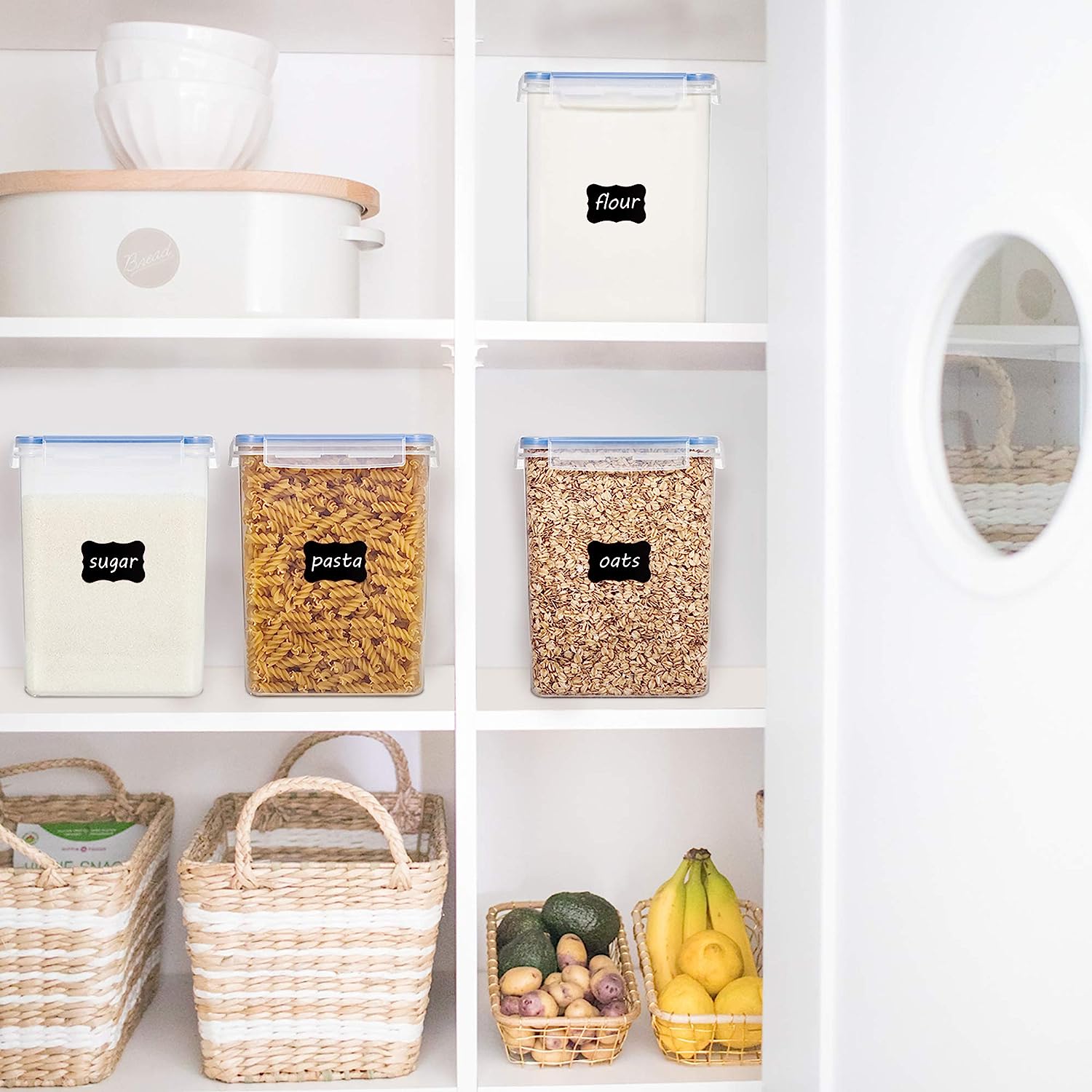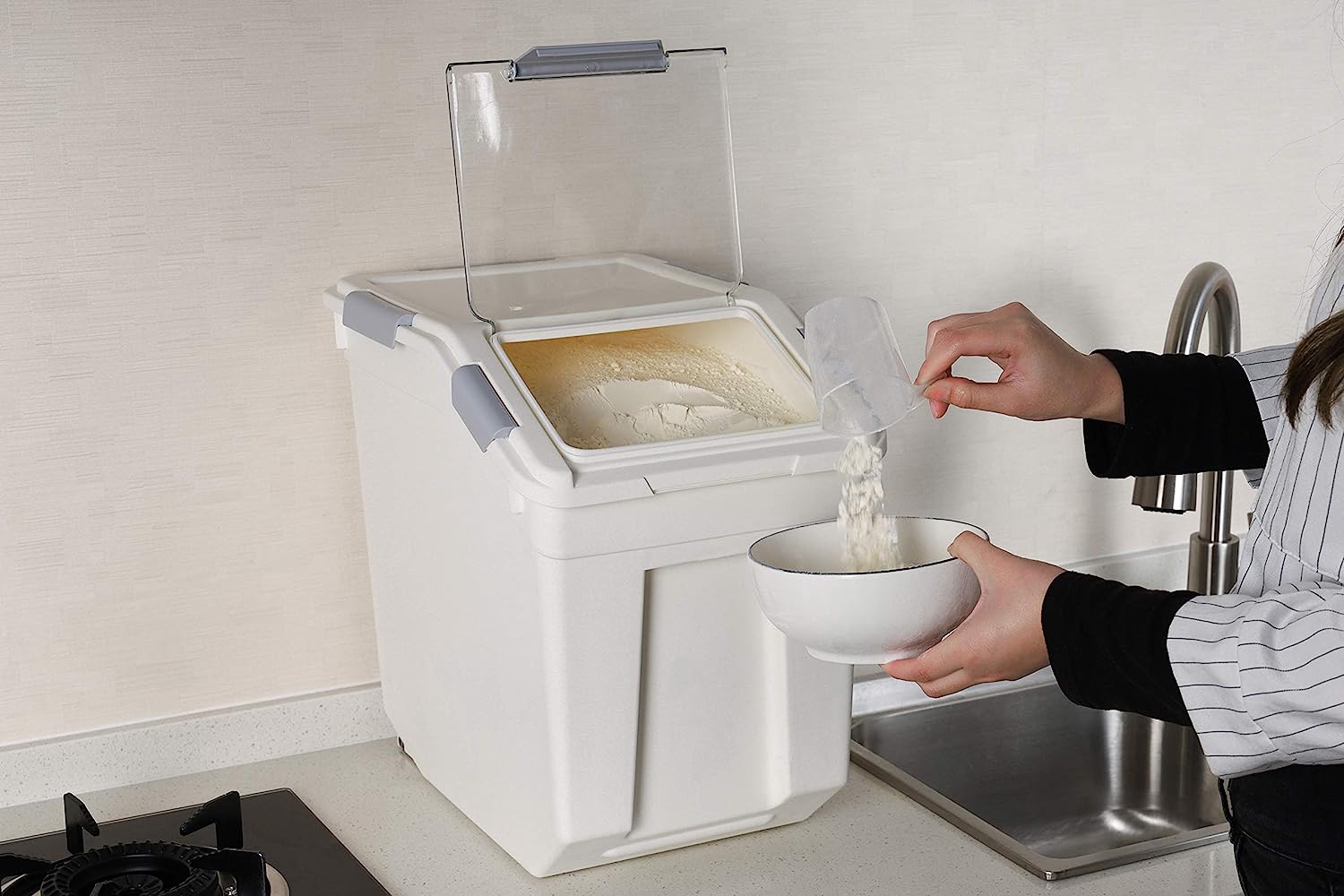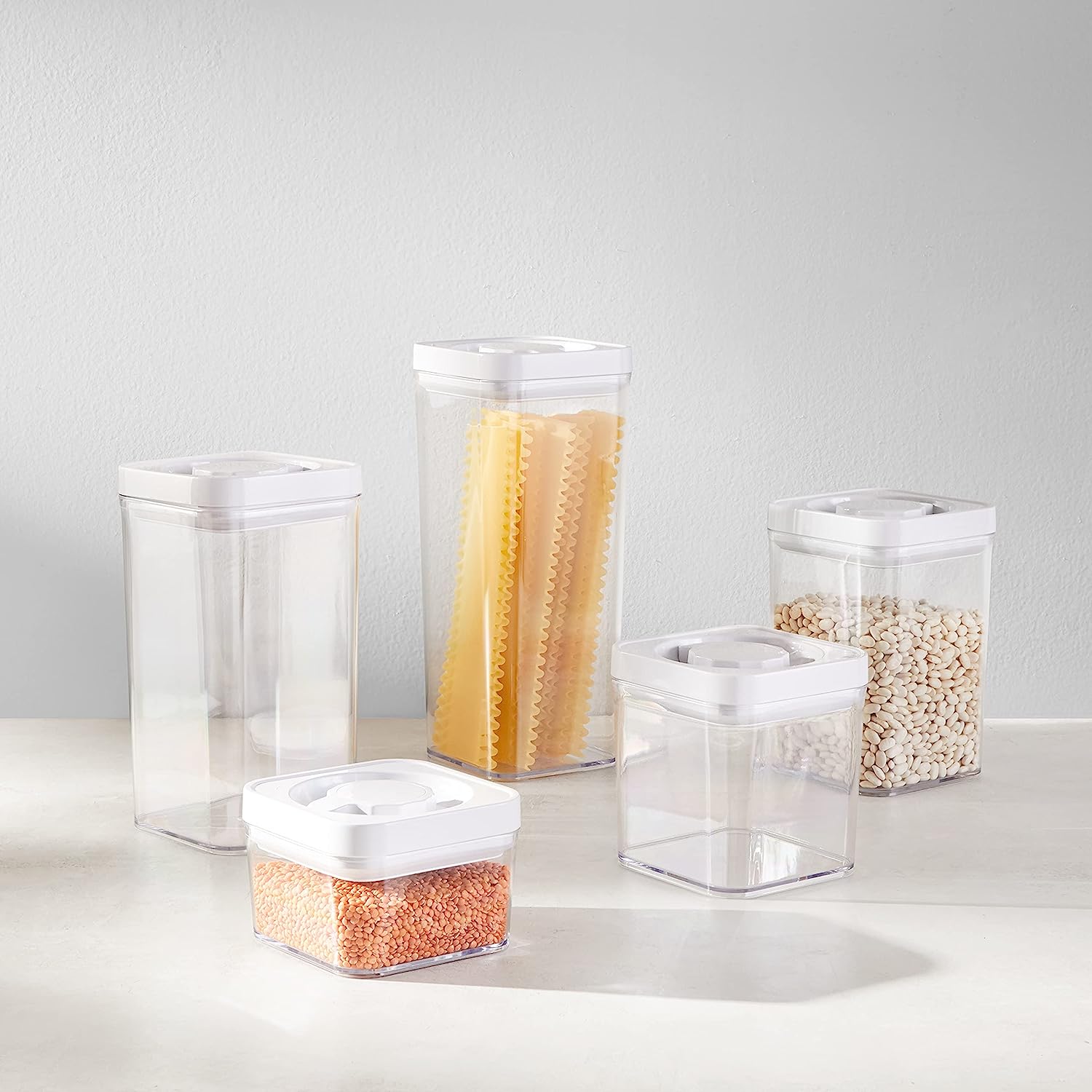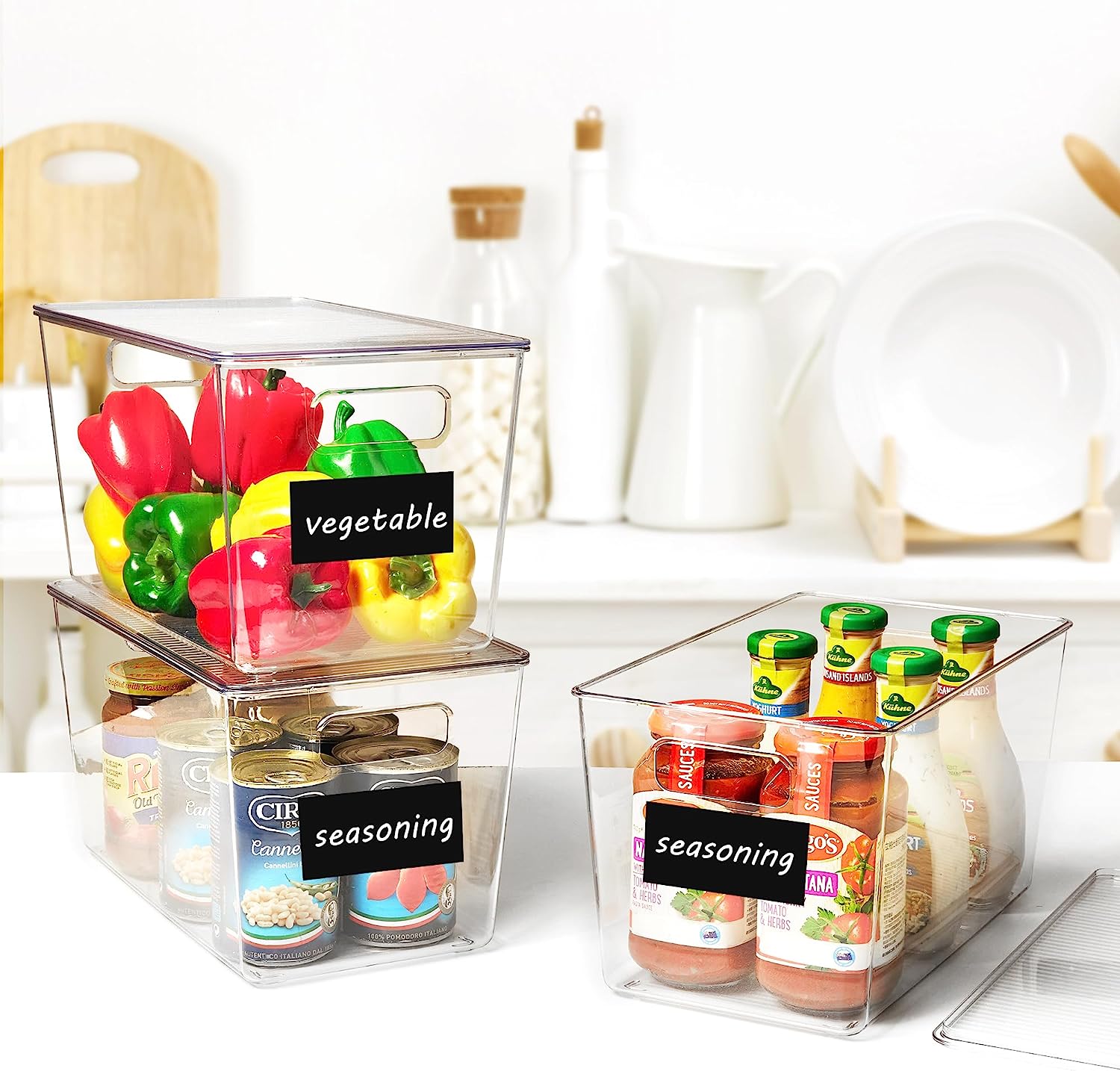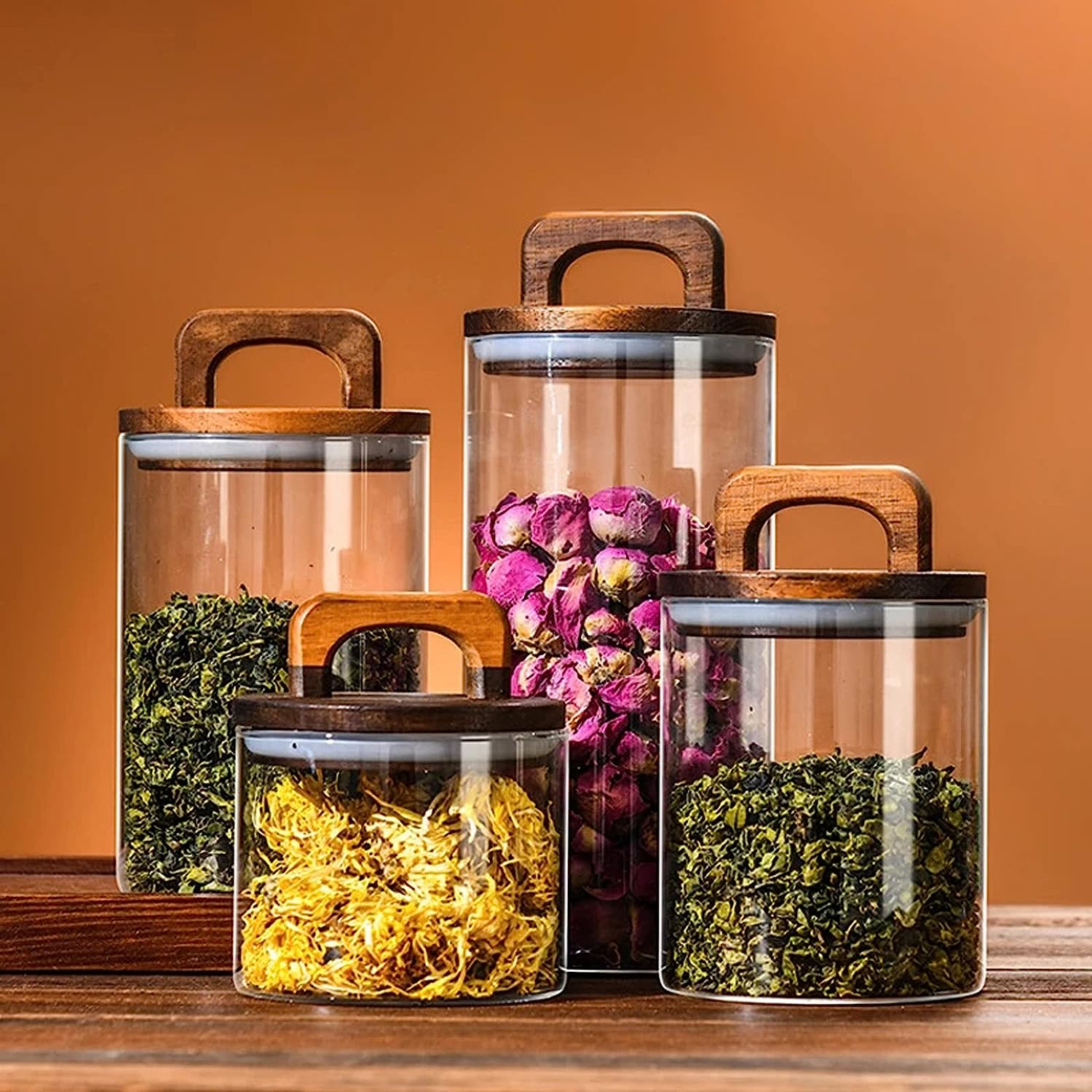Home> Bulk Food Storage
Bulk Food Storage: Ultimate Guide for Safe & Long-term Preservation
Discover efficient methods for bulk food storage. Learn to save money, reduce waste, and extend shelf life with our comprehensive guide.
14 Best Food Storage Bucket For 2024
By: Sophie Thompson • 50 Ways To Get The Most Out Of Your Kitchen Storage
14 Best Food Storage Bins For 2024
By: William Harrison • 50 Ways To Get The Most Out Of Your Kitchen Storage
14 Best Large Food Storage For 2024
By: Lily Evans • 50 Ways To Get The Most Out Of Your Kitchen Storage
12 Best Bulk Food Storage Containers For 2024
By: Isabella Mitchell • 50 Ways To Get The Most Out Of Your Kitchen Storage
13 Best Dry Goods Storage Containers For 2024
By: Noah Bennett • 50 Ways To Get The Most Out Of Your Kitchen Storage
14 Best Pantry Storage Containers For 2024
By: Henry Campbell • 50 Ways To Get The Most Out Of Your Kitchen Storage
By: Samuel Turner • Your Complete Guide To Storage Containers
